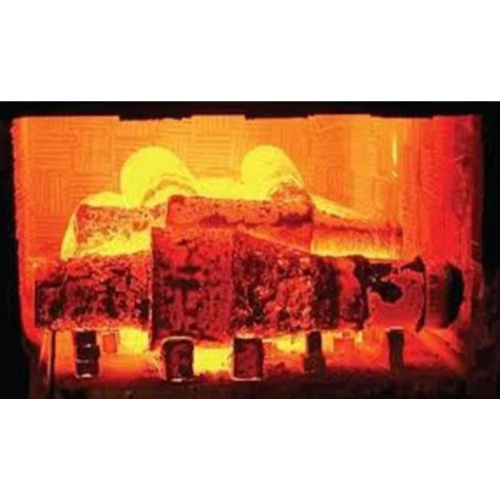Copper & Alloys Heat Treatment Services
Copper & Alloys Heat Treatment Services Trade Information
- Minimum Order Quantity
- 1 Kilograms
- Payment Terms
- Cash Against Delivery (CAD), Cash on Delivery (COD), Cash Advance (CA), Cash in Advance (CID), Cheque
- Main Domestic Market
- All India
About Copper & Alloys Heat Treatment Services
Copper is one of the mostuseful metals known to man, and it was one of the first to be utilized. Copperis a reddish-yellow material and is extremely ductile. Copper has aface-centered-cubic (fcc) crystal structure and has the second best electricalconductivity of the metals, second only to silver compared to which it has aconductivity of 97%.There are as many as 400 different copper and copper-alloycompositions loosely grouped into the categories: copper, high copper alloy,brasses, bronzes, copper nickels, copper“nickel“zinc (nickel silver), leadedcopper, and special alloys.
Heat treatment of copperalloys involves several processes to enhance their properties such as strength,ductility, and electrical conductivity. Here are the main heat treatmenttechniques used for copper alloys:
1. HOMOGENISING
Purpose : To dissolve and absorb segregation and coring foundin cast and hot-worked materials.
Process : Heating the alloy to a high temperature for anextended period.
Applications : Commonly used for tin bronzes, silicon bronzes, andcopper-nickels.
2. ANNEALING
Purpose : To soften the metal, improve ductility, and relieveinternal stresses.
Process : Heating the material to a specific temperature andthen cooling it slowly.
Applications : Used forcold-worked metals to induce recrystallization and grain growth.
3. STRESS RELIEVING
Purpose : To reduce residual stresses in the material withoutsignificantly altering its mechanical properties.
Process : Heating the alloy to a lower temperature and thencooling it slowly.
Applications : Used after cold working or welding to preventdistortion and cracking.
4. PRECIPITATION HARDENING (AGE HARDENING)
Purpose :To increase the strength and hardness of the alloy.
Process : Solution heat treatment followed by aging at a lowertemperature.
Applications : Used foralloys like beryllium copper, which gain strength through the precipitation offine particles within the metal matrix.
5. SOLUTION HEATTREATMENT
Purpose : To create a homogenous structure by dissolvingalloying elements.
Process : Heating thealloy to a high temperature and then quenching it rapidly.
Applications : Used for alloys that require uniform distributionof alloying elements.
These heat treatmentprocesses help tailor the properties of copper alloys for specificapplications, such as electrical conductors, automotive parts, and constructionmaterials.

- Minimum Order Quantity
- 1 Kilograms
- Main Domestic Market
- All India

Price:
- 50
- 100
- 200
- 250
- 500
- 1000+



